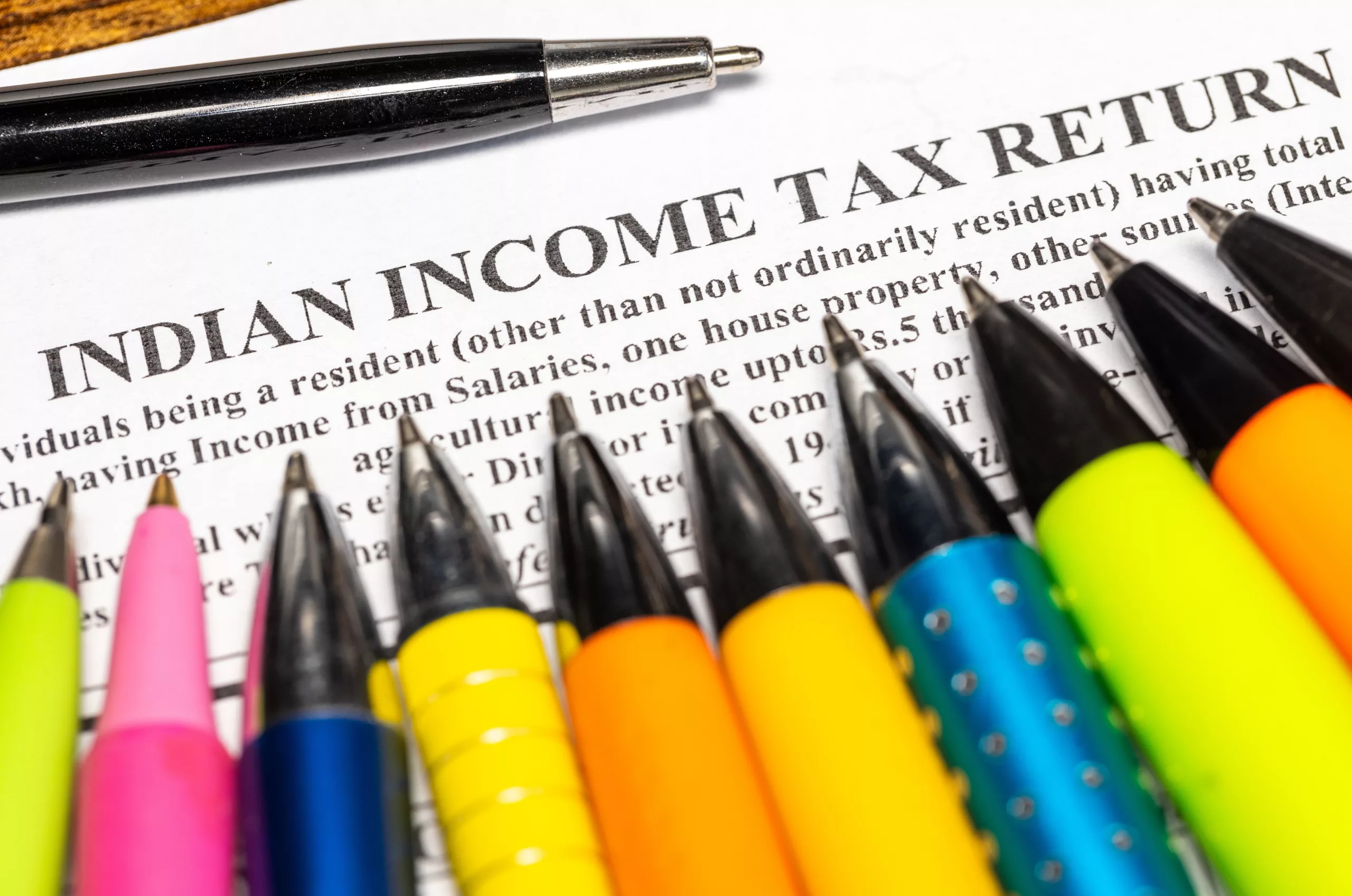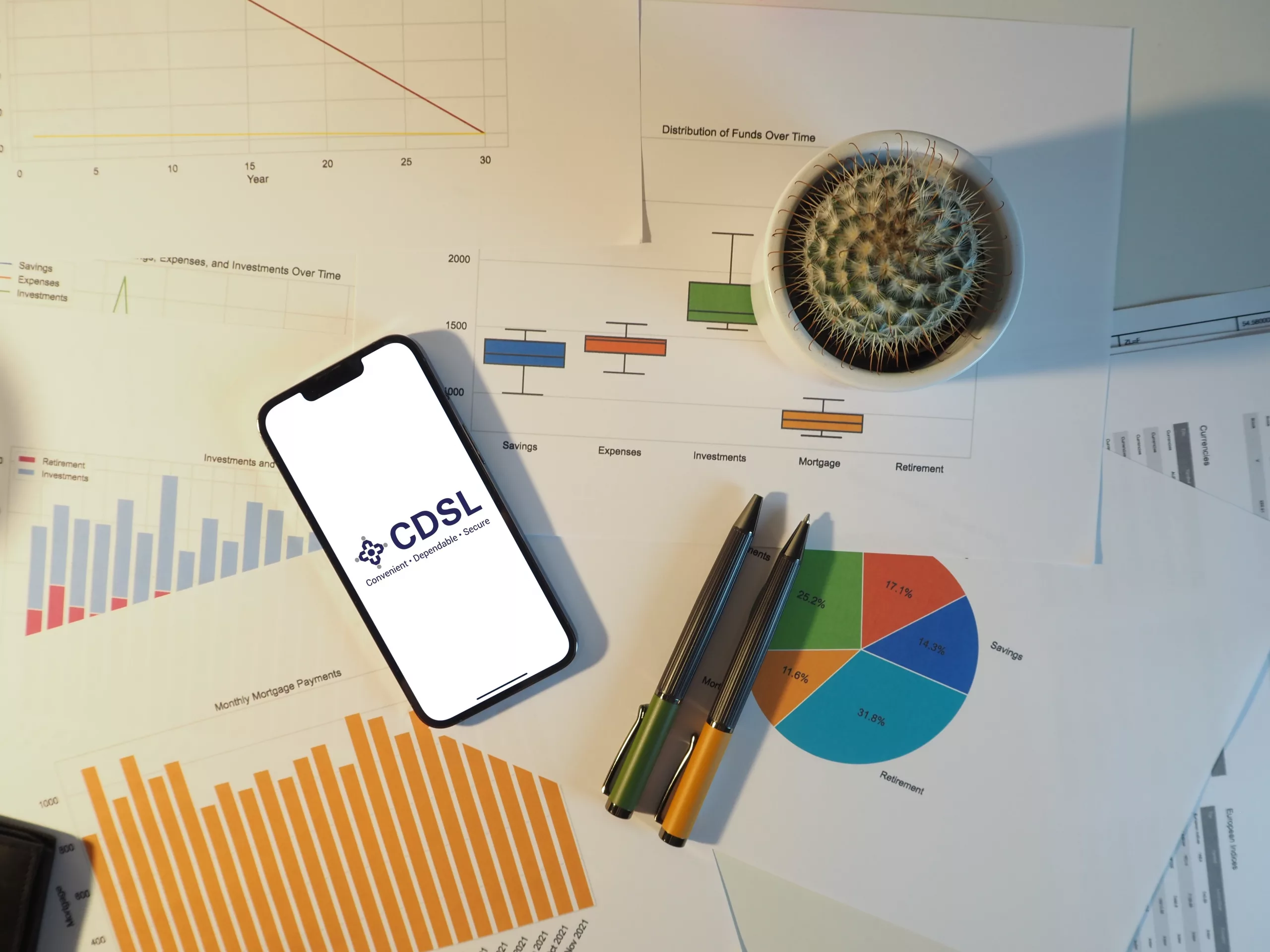A Simple Guide To Calculate Your Personal Loan Repayment

In the short term, financing a large purchase, consolidating debt, or paying unexpected needs might appear like a win-win situation. As soon as you add a new expense to your budget, all of a sudden, you lose your sense of financial freedom. It’s a change, but don’t get too worked up about it. It might be as simple as cutting back on your eating out or starting a side business. Let’s concentrate on your capacity to meet the new loan payment deadline and in full.
In order to make an informed decision about a personal loan, you must first know what your new monthly payment would be. It doesn’t matter if you aced Algebra I or not; knowing how your loan repayment alternatives are computed is a useful skill to have. This way, you’ll know exactly how much you can afford to borrow each month, so there are no unpleasant shocks or last-minute scramblings. So, let’s do some math and look at your repayment alternatives to make sure you understand what you’re taking on.
No worries, we’re not just handing you a formula and wishing you luck. For those who want to know how to calculate your monthly loan payment with assurance, we’ve laid out the procedures below.
Is there a way to reduce the cost of loan interest?
When you take out a loan, interest is one of the most significant costs. With a reduced interest rate, you’ll pay less on top of the loan amount. While lowering your interest rate isn’t always an option, there are methods to save money throughout the course of your loan.
- Preparation is the key. You’ll be able to compare interest rates from a variety of lenders if you can see how much money you’re eligible for before submitting a full loan application and risking rejection. The easiest way to find the greatest deal on a loan is to shop around and compare interest rates, fees, and payback conditions.
- Make additional loan principal payments. You’ll just have to make one loan payment every month. Some of the money will go toward your principal, while the remainder will be used to pay the interest on it. Make additional payments to your principle as often as you can. As a result, the amount of money you owe and the interest you pay will be reduced. This is a good idea because interest is imposed upfront on amortising loans.
- Pay off your debt early. You’ll save money in interest over the course of the loan if you can make larger monthly payments or pay off the remaining total in one go. Make sure there isn’t a penalty for prepayment before you take this way.
- Use a credit card with a 0% introductory APR. For a specified period of time, ranging from 12 to 18 months, you will pay no interest on the balance of this type of card. Using this method, you can avoid paying interest on a major transaction. You’ll be charged interest at a higher rate if you don’t pay off your card’s balance by the end of the promotional period.
Remember to make your loan payments on time now that you know how to do it. Paying your loans on time is easier if you set up automatic payments through your bank or your lender. In order to avoid late fees, you may choose the date that your loan payments are deducted from your bank account.
Reach out to your lender if you believe you will be unable to make a payment for whatever reason. If you’re in a tight spot financially, your lender may be willing to work with you to rework your payment schedule or grant you a brief deferral. The sooner you can pay off your debts and avoid default, the better your credit will be.







